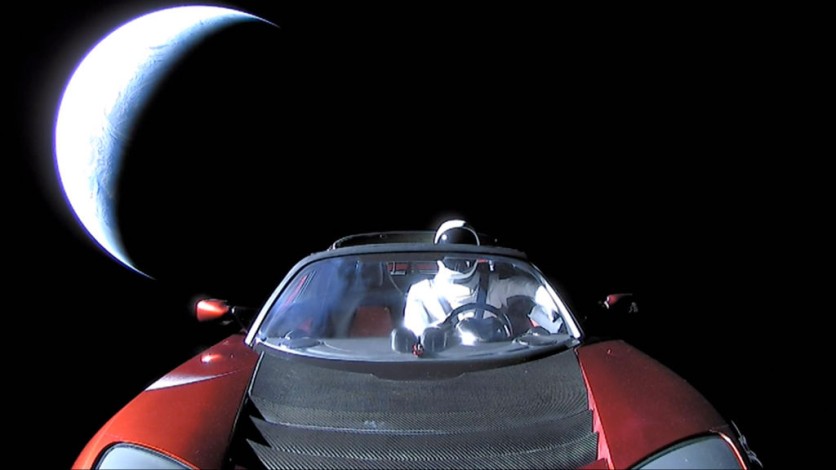
NASA's Artemis 1 Moon mission, the first in a line of intricate missions that will aid in extending humanity's reach to the Moon, is about to launch from the Kennedy Space Center in Florida.
Today is the start of the 2-hour launch window for NASA's Artemis I mission, and despite the launch vehicle being struck by lightning and the current rainy conditions, the launch will go forward.
This marks the first combined test flight for the Orion spacecraft, the Space Launch System (SLS) rocket developed by NASA, and the mission's associated ground equipment.
This crucial test flight will take Orion farther than any spacecraft ever designed for humans, putting new equipment and methods to the test. Additionally, it will guide upcoming crew deployments to the Moon and beyond.
However, it is worth noting that the mission will not have any humans. Instead, it will be carrying some quirky and strange passengers.
Artemis 1's Dummies
The Orion capsule's payload will contain three test subjects. The commander's seat will be occupied by one dummy equipped with acceleration and vibration sensors wearing an orange flight suit.
Two more dummies will be included in the mission, and they were manufactured from a material that resembles human tissue. These will gauge the effects of cosmic radiation on the human body, which is one of space travel's biggest dangers.
One of the dummies' torsos will feature protection gear from Israel, according to News18.
The payload will also include deep space research initiatives in addition to the three dummies. This comprises the ten tiny satellites that the Orion spacecraft will release once it is close to the Moon.
The Orion spacecraft will also transport a few moon rocks that Neil Armstrong and Buzz Aldrin from Apollo 11 recovered in 1969, and a rocket bolt discovered in a sea around ten years ago.
Orion will transport biological experiment 01, which contains experiments on seeds, fungi, yeast, and algae. A voice recognition technology that is built inside the vehicle was also created in collaboration with Amazon, Lockheed Martin, and Cisco.
A dead sea pebble, stickers, USB drives, country flags, lego pieces, mission patches, and a Snoopy toy are among the thousands of other items on board that will be preserved as "flown into space" souvenirs on Earth.
At the same time, the cartoon character Shaun the Sheep will join the mission as well, representing the European Space Agency (ESA).
The Artemis program has cost about $40 billion since it began in 2017. NASA's major goal will be to establish a sustained presence on the Moon with a space station and a lunar base camp as part of a larger push to prioritize human space flight.
Related Article : NASA Artemis 1 To Send Cubesat That Will Follow an Asteroid Using Solar Sail! But, Why?
This article is owned by Tech Times
Written by Joaquin Victor Tacla
ⓒ 2025 TECHTIMES.com All rights reserved. Do not reproduce without permission.




